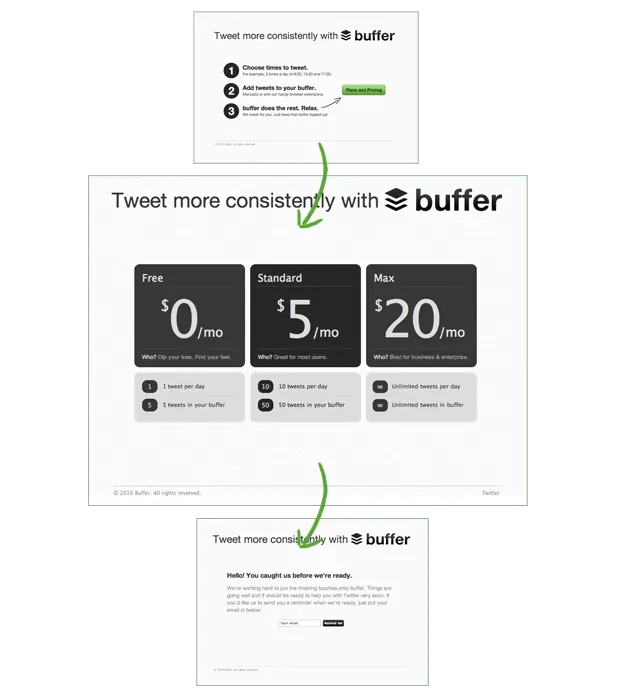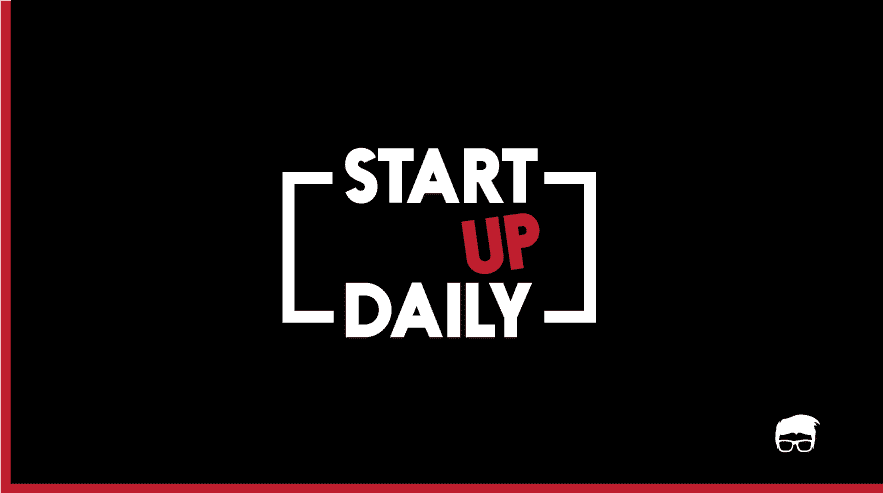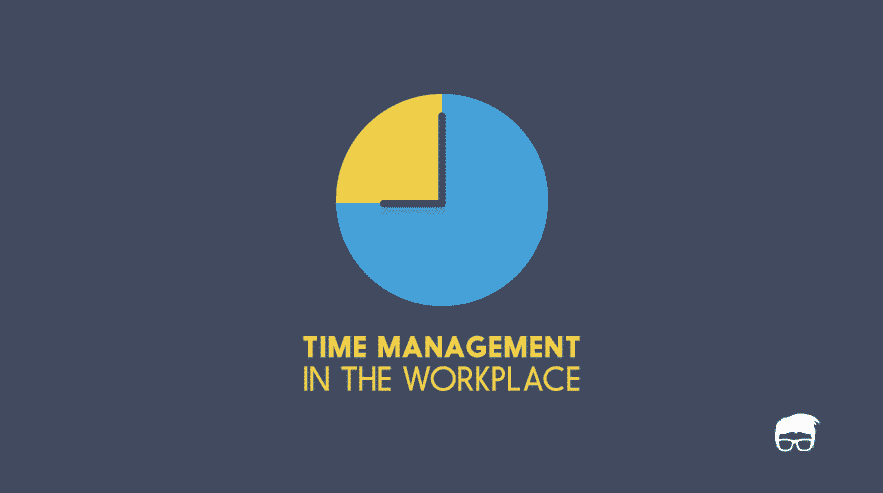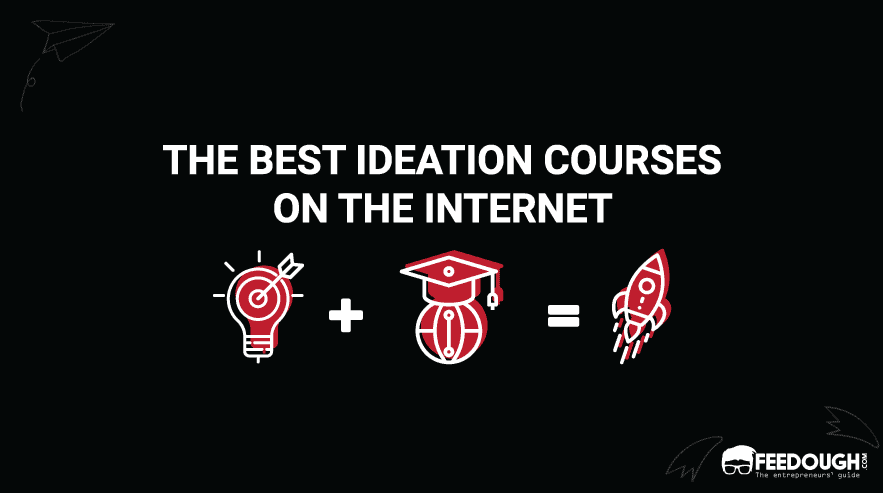Startup ideas are great. They make us feel like we are onto something.
Something really big.
And for some people, coming up with these ideas is as easy as finding the right song on Spotify. For others, it’s nearly impossible.
Take this for example –
I’ve been living in this city for the last 20 years. And it was my duty to go out almost every morning to buy milk, eggs, and bread before breakfast. Of course, there were times when I didn’t want to go out and just wished for my groceries to get delivered directly to my apartment. And while I wished, a guy saw an opportunity. He created a company called Milk Basket and delivered milk and groceries to my doorstep every morning on a subscription model.
And this is everyone’s story.
I think the reason why not many people get business ideas is that they fail to recognise that the problem they wish to get solved is actually a startup idea.
How Do You Get A Startup Idea?
Well, there’s not an easy answer here. But it’s easier to define how ideal startup idea should look like. It should –
- Solve an actual problem that exists in the market.
- Offer a solution that is really required by at least some people.
- Have the potential for growth.
If you already have an idea in mind which satisfies all the three conditions, bang on. Stop reading this article and start building your business model. But if you don’t, let’s start with satisfying the first condition –
The Problem
Imagine –
It’s a nice morning, you’re taking a shower in warm water and suddenly it strikes. A problem no one has addressed to yet. You know you would buy it if a solution is developed, you know your neighbours would do the same. You come out of the shower, do some research, find a team, and release your solution. People like it and you become their favourite entrepreneur.
Sounds nice, right? It’s just that not many are this lucky. Many, just like me, have to go through a proper ideation process to find a milestone named problem which leads to the path of the solution and eventually success.
So, how do we identify a problem?
I’d say, start from within.
Be Your Own Target Audience
It’s easiest to look out for problems you face yourself. Be your own target audience. What are the problems you face that can be solved with an offering you’ll actually pay for?
Here’s a story –
Two good friends once went to attend a conference on future tech. They learned many new things, expanded their network, and had such fun that they forgot that it was already late. To their dismay, that night the pair was unable to get a cab. These two friends that we just talked about were Travis Kalanick and Garrett Camp, the founders of Uber.
There are innumerable problems that you face yourself and most of them are not being targeted yet. Take our lifestyle for example. We are so engrossed in the digital devices, social media, and the virtual world that we ignore the fact that this is a big problem for us, and that a digital detox would be a great startup idea.
Won’t it?
Notice More
Another great way to identify a problem is to notice your surroundings. Maybe, you’ve spent the last 10 years working with a bookstore brand. Their sales are declining and they can’t find out why. You’re a millennial who knows a bit about trends and who knows that the new generation is more inclined towards ebooks, audiobooks, videos, podcasts and other digital products. You understand the problem and have the ability to device a perfect solution because of your experience.
That’s the perfect startup idea for you.
For those who remember Yahoo! as their go-to portal during their teen years know how annoying the experience was. The website was bombarded with ads as it was the most common revenue generation source back then.
Just like many of the users, two employees were also annoyed by ads and wanted to develop a platform which capitalized on network effect like Yahoo! but didn’t monetize with ads. This pair was Brian Acton and Jan Koum who later developed the no-ads instant messaging application – Whatsapp.
You learn a lot more by noticing. Notice the trends, notice shifting demands, and notice repressed demands. Telegram is gaining popularity because of the WhatsApp’s customers’ repressed demands related to privacy.
Seek and Validate
Now, there are times, or I’d say most of the times when these two techniques don’t work. You just can’t find a problem in your life.
So, how do you get a startup idea then?
Well, you assume that a problem exists and then you validate it.
I call it the deliberate idea — a not-so-recommended process but a process followed by many of the entrepreneurs I know. Many do succeed in this, but many fail miserably and even sink investor’s money with them.
The process goes like this –
You find what motivates you the most or the most profitable niche for you to start a business in. It could relate to –
- Fun or hobbies,
- The industry you currently work in, or
- Any promising industry you’ve come across.
Once selected, understand how the industry works. Go out and talk to people. Research what is missing and is it worth a problem to solve. List down all the problems. List down all the assumptions related to that problem. And then follow the negation process.
Negate everything that doesn’t seem viable.
Negate everything people are not willing to buy.
Now, this might seem easy theoretically. In reality, it isn’t. Entrepreneurs fail because they are not able to negate what they should.
Let me give you an example.
If I go out and ask pet owners if they would like to use a social network especially for pet owners, most of them will say yes. Many will even create an account on it as well. But not many of them will use it for the long run.
Why?
Well, they don’t know.
Might be because pets are for their friends and not tools to help them connect with other people. Or because Facebook is doing that job just good. They’ll instead join a pet owners group on Facebook and get the job done.
So, this takes us to the next condition you need to fulfil before calling that idea a perfect startup idea –
The Solution
Identifying problems is just 50% of the job. Success and failure depend on the solution you provide to solve that problem.
So, how do you come up with the solution?
Well, it’s simple. You can either –
Do what the target group does to solve the problem. Just brand your solution, do it effectively and efficiently, and charge something for it. Take a barber for example. You’d anyhow shave your beard if there weren’t a barber who does that job for you.
There are a lot many examples, like grocery delivery, and even recipe delivery. All you have to do is to help them save time and efforts and do things better than they would have done
Another thing you can do is to pay attention to what your customers wish for. “Ah, I wish I were able to book a cab on my mobile phone”, “I wish we were able to order the food even before we reach the restaurant”, “Why can’t my beautician come at home? I’m too tired today”.
Problems usually give a lot of hints towards the most preferred solution. You just need to make sure to listen properly
And that there’s a minimum audience pool to give it a go.
The Minimum Audience Pool
There should be at least some people who really want your solution and are ready to pay for it. By really, I mean there must be a target group who’d want your solution even when you roll out your MVP or a very crappy version which just solves the problem, no-frills attached, nothing else.
This can either be a small number of people belonging to a greater group or a great number of people belonging to a small group. Doesn’t matter. All you need is their approval.
And to get that, you need to do a bit more than just making them fill up google forms.
Take Buffer for example. It’s a simple social media post scheduler for Facebook, Twitter, Instagram and other social media networks. It is actually a pioneer in this industry.
So, back in the days, when there weren’t any such tools, the founders of buffer assumed that this problem existed, but they wanted to validate the demand before actually investing their time and money in this product. So, they released the leanest MVP anyone can think of – a simple landing page with a plans and pricing button.
This is what was written on the landing page –
“Tweet more consistently with Buffer”, followed by how this tool works. This description was further followed by a plans and pricing button which took you to the plans and pricing page. The page had three plans to choose from – $0 plan, $5 plan, and $20 plan. Once you select the plan, you didn’t go to the checkout page but to a signup page which said the product isn’t ready and you can sign up to receive a reminder whenever it’s ready.

Now, as I said before, it is hard to know if there’s an audience pool who’ll really use your product. But what Buffer founders had was a definite yes to their solution.
Why, you ask?
Well, no one would browse three different pages on a website just to give his email for a product he isn’t interested in.
The result?
The company is today valued over $60 million and is operating in profits.
Definitely, they did a lot more than just creating a perfect MVP. Now the tool several other social media networks than Twitter. Which brings us to the last condition for getting a perfect startup idea –
Think Of A Solution That Has Potential For Growth
You might have heard this a lot – start small and grow big.
Let me tell you what they mean when they say this.
Facebook initially started as a platform to help university students connect with other students of the same university. Amazon started as an online marketplace for books. WhatsApp started as a status application.
You see the trend here?
None of the big companies started as we know them today. Keep this in mind. Don’t go on solving the problem of world hunger from your garage. Look for the small problems that have high potential. Problems whose solutions can be extended to solve other problems as well.
Big problems like plastic use can be solved by creating smaller solutions like non-plastic single-use bottles. But why only single-use bottles and not single-use pens?
It’s simple – because they pollute the most.
Do you get what I am trying to say?
Honestly, when it comes to ideating, I’d suggest you follow the KISS approach. Keep it simple, silly.
It’s very simple to find out what’s missing in your life. What you will pay for. Noticing is even easier. It’s human nature, after all. It’s easy to notice the problems of others. Solutions need some work though. But noticing and validating helps overcome that hurdle as well.
All you’ll need is to develop an entrepreneurial mindset.
Go On, Tell Us What You Think!
Did we miss something? Come on! Tell us what you think about our article on how to get a startup idea in the comments section.
A startup consultant, digital marketer, traveller, and philomath. Aashish has worked with over 20 startups and successfully helped them ideate, raise money, and succeed. When not working, he can be found hiking, camping, and stargazing.









